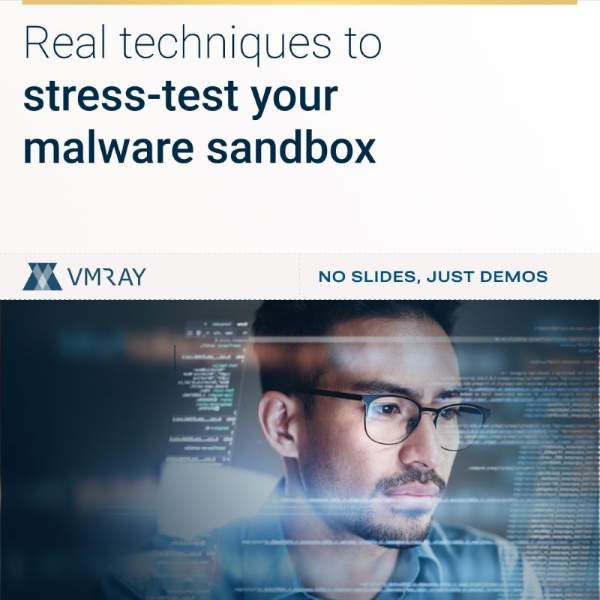Chapter 5: Collaboration between Incident Response and Detection Engineering through productive loops
Unifying Security Forces: Enhancing Cyber Resilience through Incident Response and Detection Engineering Collaboration
To effectively combat emerging and evolving threats, organizations must foster collaboration between their incident response and detection engineering teams. By establishing a highly productive loop, your security operations center (SOC) can respond swiftly and effectively to emerging threats, bolstering your cybersecurity posture.
Incident response plays a crucial role in cybersecurity, providing a structured and coordinated approach to identifying, responding to, and recovering from security incidents. Rapid detection and assessment of potential threats, thorough investigation of security incidents, containment and mitigation measures, and facilitating the recovery process are all responsibilities of incident response teams. By employing proven incident response procedures and leveraging incident management frameworks, organizations can minimize the impact of security incidents, preserve digital evidence, and enhance their overall cybersecurity posture.
Detection engineering, on the other hand, is essential for proactive threat identification and prevention within your organization’s environment. It involves designing, implementing, and continuously improving detection mechanisms such as log analysis, security monitoring tools, and behavior analytics to identify suspicious activities and indicators of compromise. Working closely with incident response teams, detection engineers develop and refine detection rules, create custom alerts, and conduct threat hunting activities to uncover hidden threats. By leveraging advanced threat detection techniques like anomaly detection, machine learning, and threat intelligence integration, detection engineering empowers organizations to effectively detect and respond to threats, reducing the time to detect and contain incidents.
Although incident response and detection engineering are distinct disciplines, they collaborate closely to achieve a unified security strategy. These teams share overlapping responsibilities, contributing to a robust cybersecurity posture. Incident response professionals rely on the expertise of detection engineers to develop and fine-tune detection rules, alerts, and automated response mechanisms. By analyzing data from various security tools and systems, detection engineers provide valuable insights to incident responders, enabling them to prioritize and investigate potential threats efficiently. This collaborative approach allows incident response teams to leverage the continuous monitoring efforts of detection engineers and respond promptly to security incidents, minimizing their impact on the organization.
The collaboration between incident response and detection engineering becomes particularly evident during the analysis and investigation of security incidents. Incident response teams rely on the expertise of detection engineers in threat hunting, log analysis, and behavior analytics to identify patterns and indicators of compromise. The insights provided by detection engineers help incident responders understand the context and severity of an incident, enabling them to take appropriate actions. In turn, incident response teams provide valuable feedback to detection engineers, ensuring continuous improvement in detection rules and enhancing the organization’s ability to detect and respond to evolving threats effectively.
This collaboration begins when alerts are handled, and investigations are initiated to address potential threats. During these investigations, the crucial process of malware analysis takes place. Analyzing suspicious files, URLs, and other artifacts provides deep insights into their malicious nature. This analysis helps determine the maliciousness of samples and extract valuable indicators of compromise (IOCs), malware configurations, and behavioral artifacts. These insights not only aid incident response efforts but also serve as a rich source for refining and enhancing your detection capabilities. By continuously improving detection rules and mechanisms based on real-world threats and their behavior, you can significantly reduce false positives, ensuring more accurate and targeted threat detection.
To support your converged efforts, investing in advanced tooling is essential. Advanced malware and phishing attacks demand sophisticated analysis techniques. Leveraging technologies such as sandboxing, behavior analysis, and machine learning allows you to gain in-depth insights into the behaviors and characteristics of these threats. This empowers you to identify and respond effectively to sophisticated attacks. Additionally, prioritizing continuous improvement through regular evaluation of processes, metrics, and feedback loops enables you to identify areas for enhancement and optimization. By continually refining your incident response and detection engineering practices, you can adapt to the evolving threat landscape and strengthen your overall security posture.
Implementing these best practices streamlines your incident response and detection engineering.


